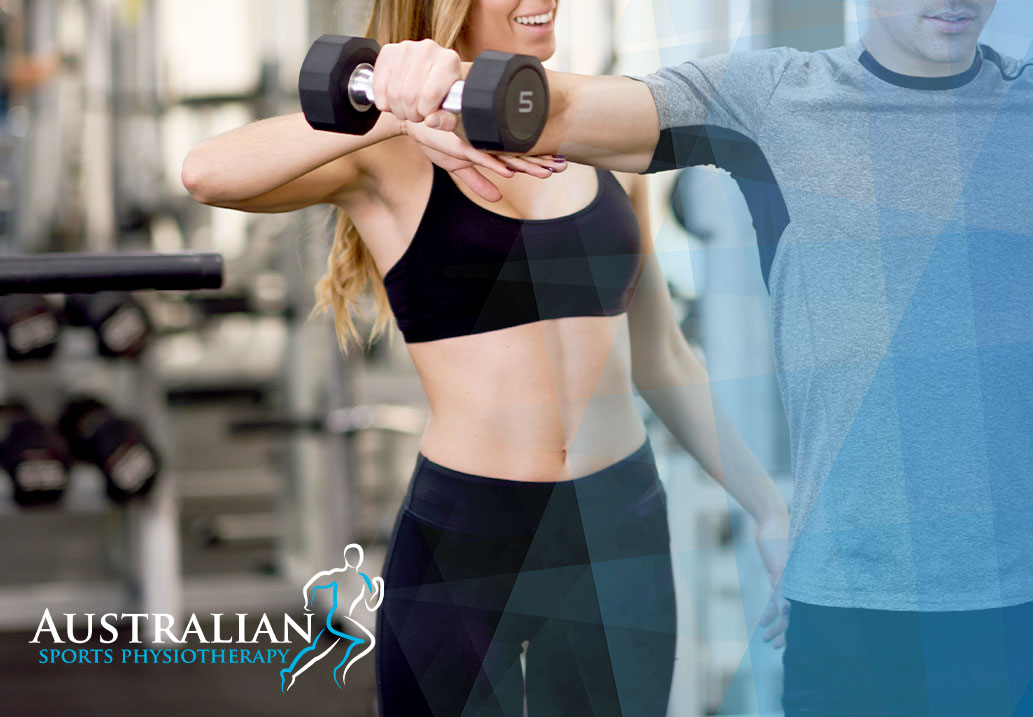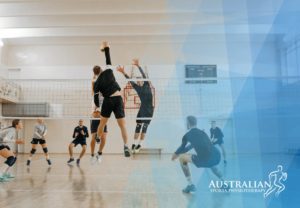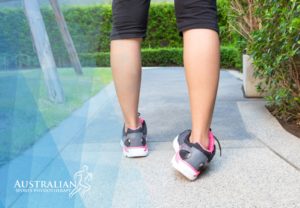If you’re like most people, you probably think of exercise as a way to get in shape or lose weight. But what if we told you that exercise could also help relieve pain? It’s true! Exercise therapy is a proven way to ease physical pain.
If you’re in physical pain, you’re probably eager to do anything to make it go away. You may have heard of exercise therapy as a possible solution, but what is it exactly?
Exercise therapy is best defined as a treatment plan of physical activities through gait training, neuro reeducation, and therapeutic activities. This exercise regime is designed and prescribed to assist patients in recovering from diseases and conditions that interfere with their movement, daily activities or maintaining a state of well-being.
Exercise therapy is a type of rehabilitation that uses physical activity to help treat injuries or conditions. It can be used independently or with other treatments like medication or surgery.
Although exercise therapy can be challenging, the benefits are worth it! Keep reading to learn more about this vital treatment option.
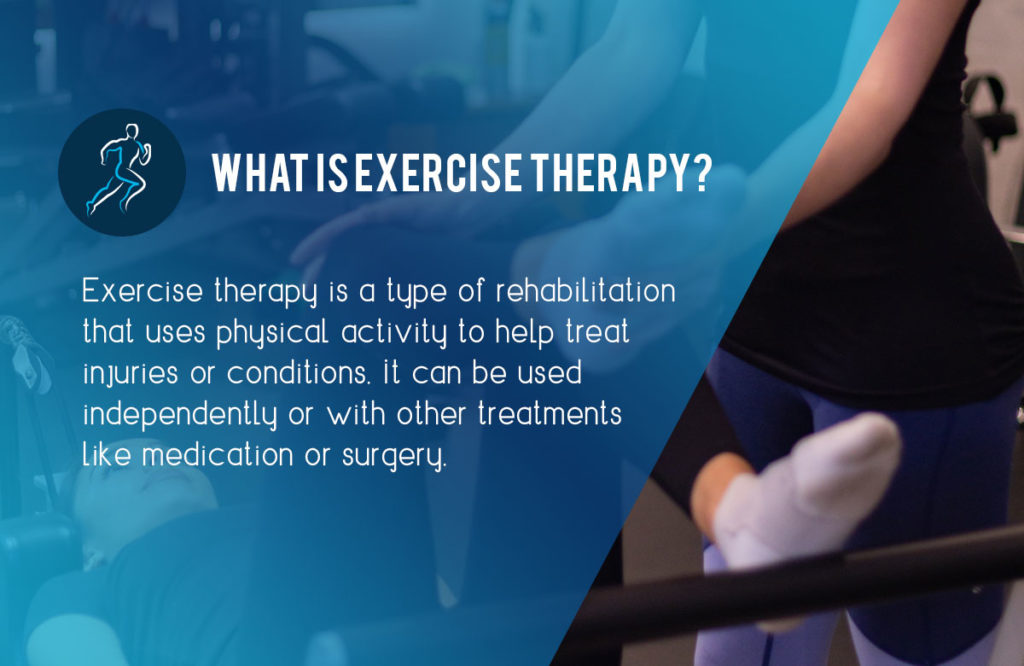
The 5 main benefits of exercise therapy
The systematic implementation of planned physical movements, activities or postures designed to help patients:
(1) lower the risk of injury,
(2) improve function,
(3) repair or prevent deterioration,
(4) improve overall health, and
(5) enhance fitness and well-being
Exercise therapy can range from activities that target specific muscles or parts of the body to more general and strenuous activities that can help a recovering patient return to peak physical condition. It is highly repetitive and intensive, and encouraging neuroplasticity takes time and commitment on the part of the patients.
What is the main purpose of exercise therapy?
- Encourage activity while reducing the effects of inactivity, resulting in increased independence.
- Extend your normal range of motion.
- Strengthen the weak muscles.
- Enhance your performance in daily activities.
- Allow for ambulation.
- Relax the tense muscles, tendons, and fascia.
- Increase your circulation.
- Increase your respiratory capacity.
- Enhance your coordination.
- Reduce your rigidity.
- Improve your balance.
- Relaxation should be encouraged.
- Improvements in motor or sensory function.
- Medication reduction, fewer hospital visits, and improved overall health
The main purpose of exercise therapy is to achieve an optimal level of physical fitness after the intervention. Physical fitness is a state characterised by solid muscle strength and endurance.
What type of therapy is exercise?
Exercise therapy consists of movements and physical activities that are used to increase strength, function, and reduce discomfort. Your physiotherapist may include exercise therapy in your treatment plan if you are having physiotherapy for an accident or a persistent condition.
The goal of your exercise therapy treatment plan is to strengthen the muscles and muscle groups that are not affected by your condition while protecting the damaged muscles.
In addition, regular physical activity and exercise can help you live longer and healthier lives by reducing your risks for certain types of cancer, heart attacks, strokes, high blood pressure, obesity, depression, anxiety disorders, arthritis, back pain, and even dementia.
Examples of exercise therapy
- Exercising range of motion (passive, assisted-active and active)
- Exercising with increasing resistance
- Balance exercises
- Strengthening exercises
- Conditioning through aerobic exercise
Depending on your stage of recovery and physical limitations, the type of exercise you will do in your treatment will vary. Your therapist may begin with range-of-motion activities and progress to restorative exercises as your functional abilities improve.
Exercise therapy can be used in conjunction with other types of treatment, such as manual therapy, electrical stimulation, or heat and cold therapy. Throughout your healing and strengthening process, your treatment plan will evolve to achieve the final goal of restoring movement, function, and flexibility.
The difference between exercise therapy and physical therapy
Physical therapy and exercise therapy are frequently confused.
Exercise therapy is similar to corrective exercise, but it focuses on chronic conditions, limitations and assists people in improving their overall health. Exercise therapy focuses on training to restore the body’s overall optimal function!
Physical therapy focuses on restoring movement and capacity at the site of an injury.
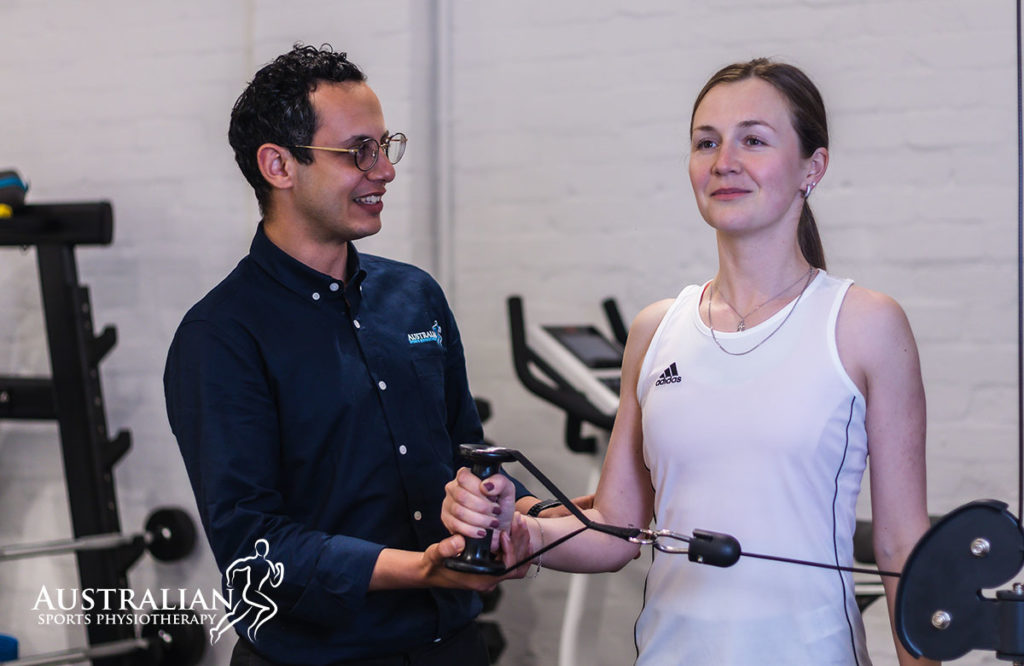
Final thoughts
Physical pain is debilitating, and it’s not something that you can ignore. But the good news is that exercise therapy can help!
Exercise therapy for physical pain helps reduce chronic pain symptoms, improve quality of life, and maintain mobility. So if you’re feeling stuck or overwhelmed with your situation right now, don’t give up hope – there are solutions out there to help you take control of your health.
You don’t have to live with the debilitating effects of chronic pain any longer – let us guide you through your journey towards wellness so that you can feel like yourself again!
Book an appointment with Australian Sports Physiotherapy today.
